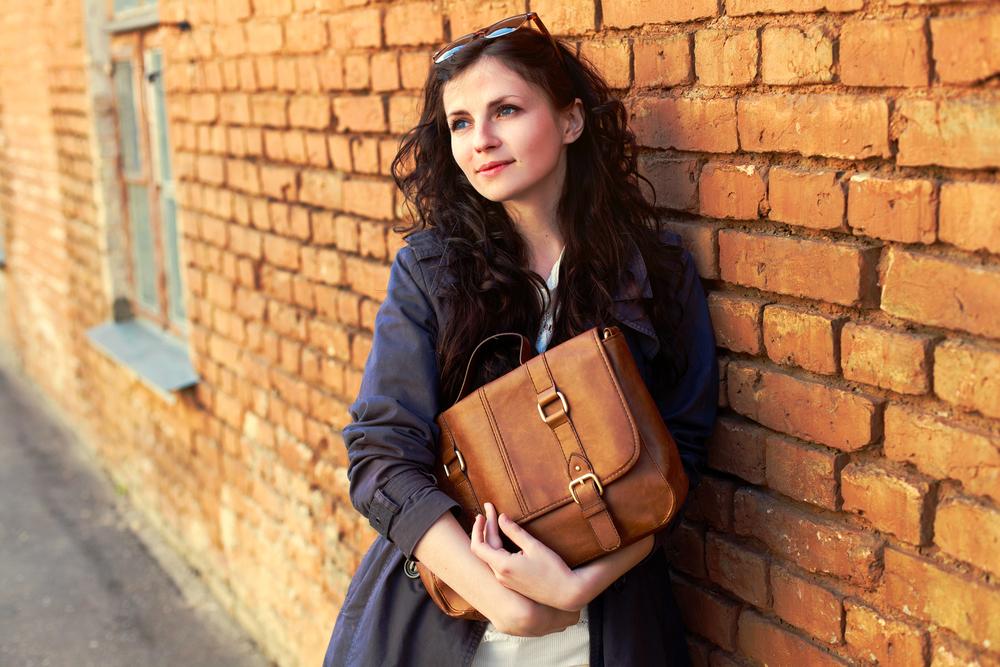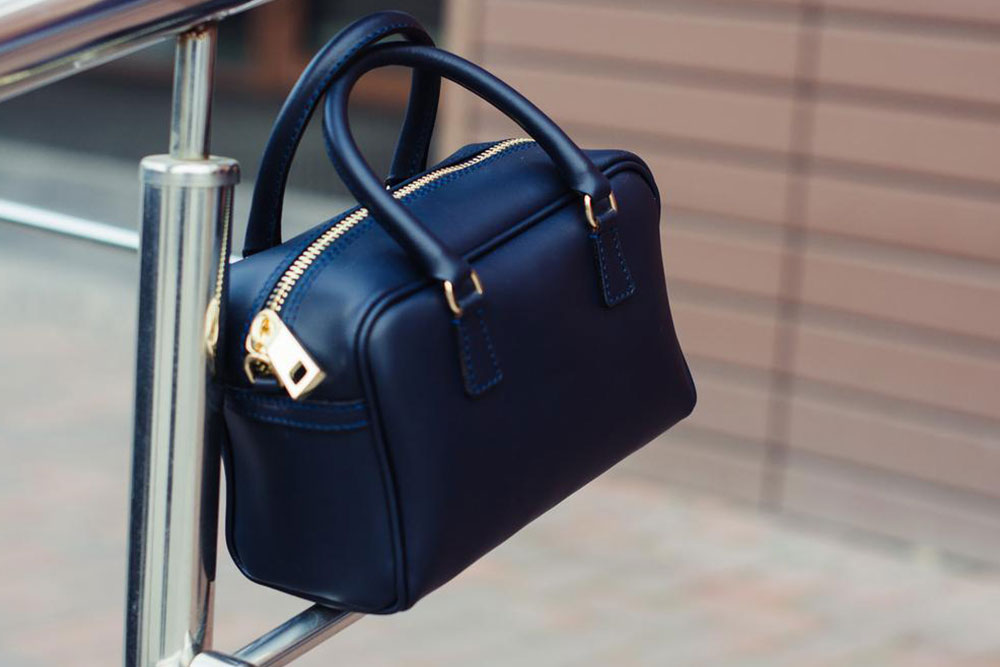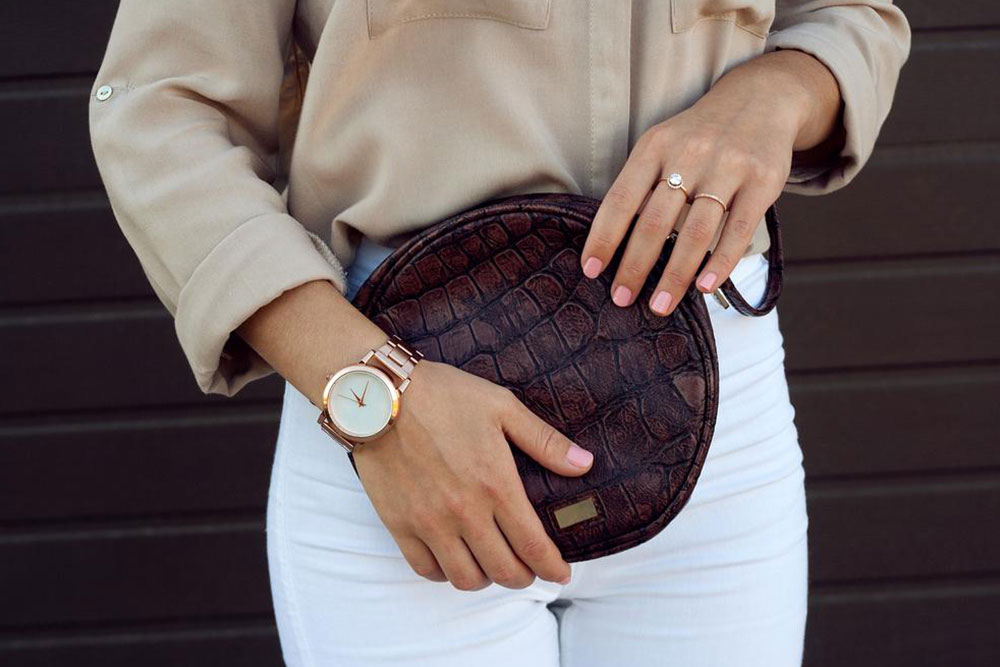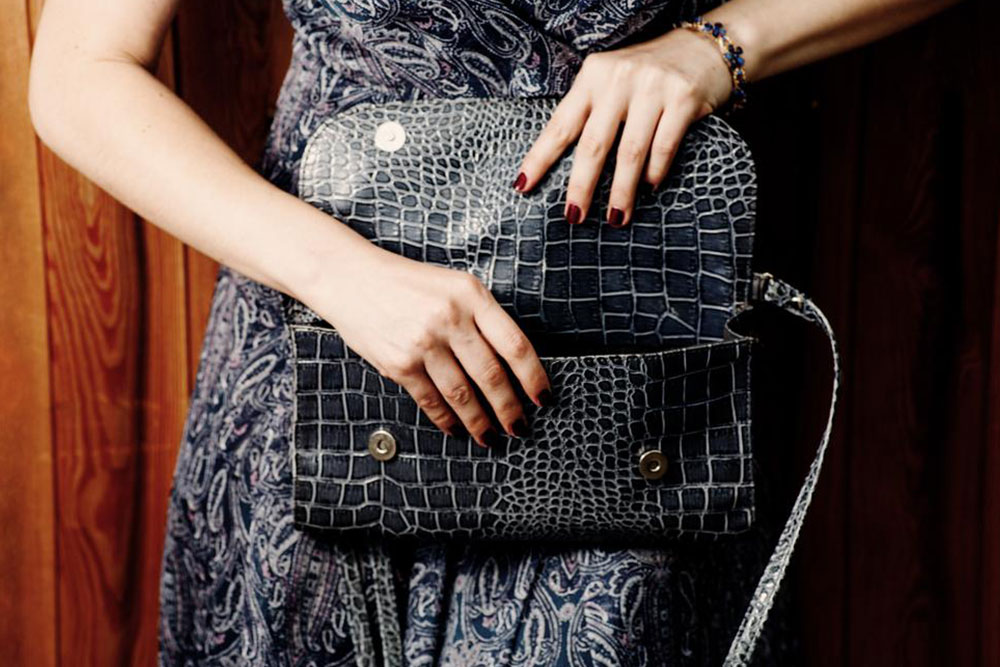Tips to Identify Authentic Leather Handbags from Faux Leather
Learn how to tell genuine leather handbags apart from faux leather with simple, effective methods. From smell and texture to porosity and weight, these practical tips help you make confident, informed choices when shopping for authentic leather accessories. Protect yourself from counterfeit products by knowing the key differences, ensuring you invest in quality, genuine leather products that last a lifetime.

How to Distinguish Genuine Leather Handbags from Faux Leather
Fashion enthusiasts often find themselves questioning whether their stylish handbag is crafted from real leather or synthetic materials. With the market flooded with both options, it can be tricky to tell them apart. Many sellers occasionally pass off faux leather products as authentic leather, exploiting buyers' lack of knowledge. Recognizing the difference requires some keen observation and simple tests. By understanding key characteristics, you can confidently choose genuine leather accessories and avoid dupes.
To ensure authenticity, buy from reputable sellers rather than uncertain stores. Here are essential tips to help you determine whether a leather handbag is real or imitation. Keep these insights in mind before making your purchase.
Smell
Authentic leather emits a natural, pleasant aroma, whereas faux leather often smells chemical or plastic-like. A quick sniff can be quite revealing—genuine leather's scent is unique and subtle, while synthetic variants tend to have a stronger chemical smell.
Surface Pores
Leather's natural porosity is irregular and larger, similar to hair follicles or skin textures. Conversely, faux leather usually has uniform, tiny pores. Examine the surface closely under good lighting to spot these differences.
Touch and Texture
Genuine leather feels coarse or supple, depending on its quality, with a natural grain. Faux leather tends to be overly smooth and soft, often feeling plasticky. Trust your tactile sense for a quick assessment.
Inner Lining
Authentic leather typically has a rough, fibrous underside. Faux leather, especially with modern coatings, may feel like fabric or a smooth, treated surface. Checking the inner side gives clear clues about its authenticity.
Flexibility and Wrinkles
Real leather easily folds and forms creases due to its elasticity. Faux leather resists folding without creasing and looks stiffer. Bend the material gently to observe its behavior.
Weight
Genuine leather is heavier than synthetic equivalents because of its density. Picking up the handbag can help—heavier items are more likely to be real leather.
Glossiness
Both types can have a shiny finish, but faux leather often appears more lustrous or glossy. Real leather has a natural, subdued sheen that varies with quality. Comparing glossiness can offer additional clues.
Note: Our blog offers valuable insights across various topics. While our research is thorough, it should not replace professional advice or guarantee absolute accuracy. Readers are encouraged to verify details and explore multiple sources for informed purchasing decisions.










